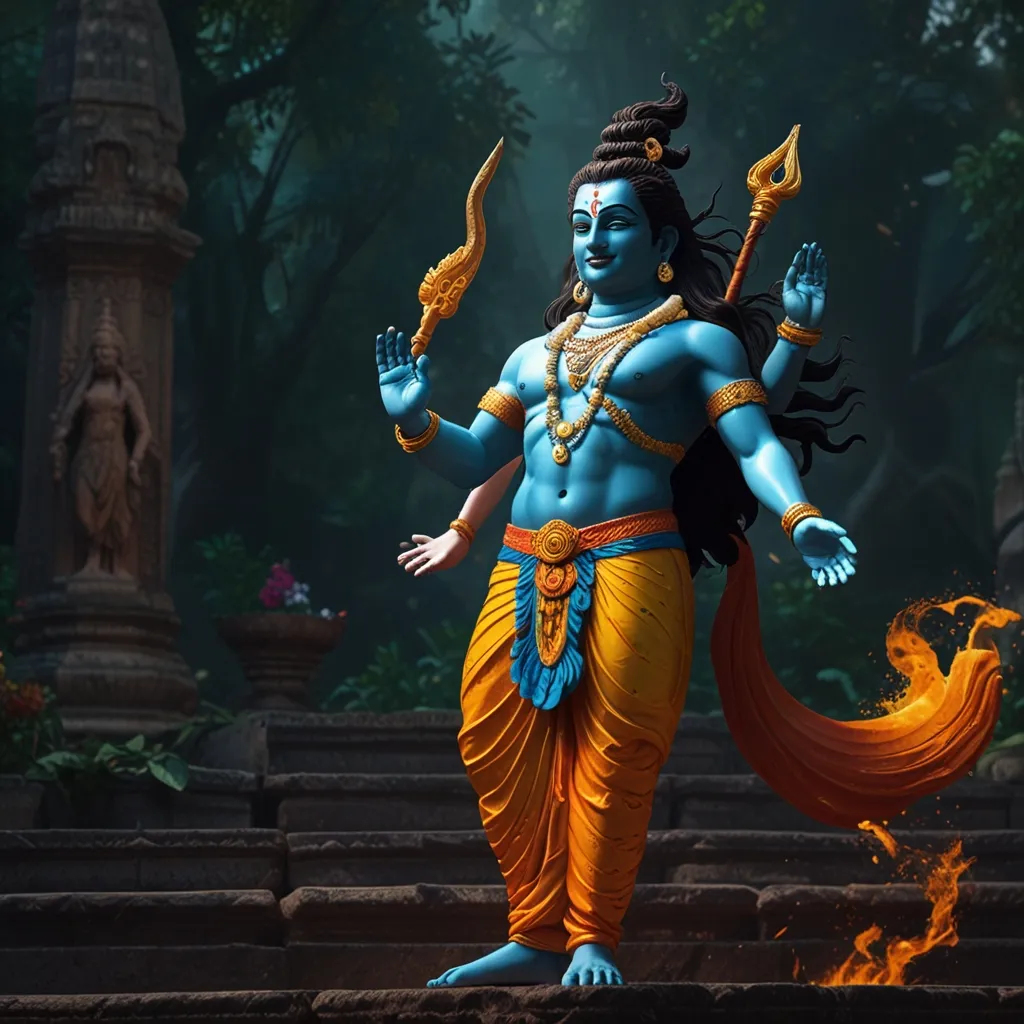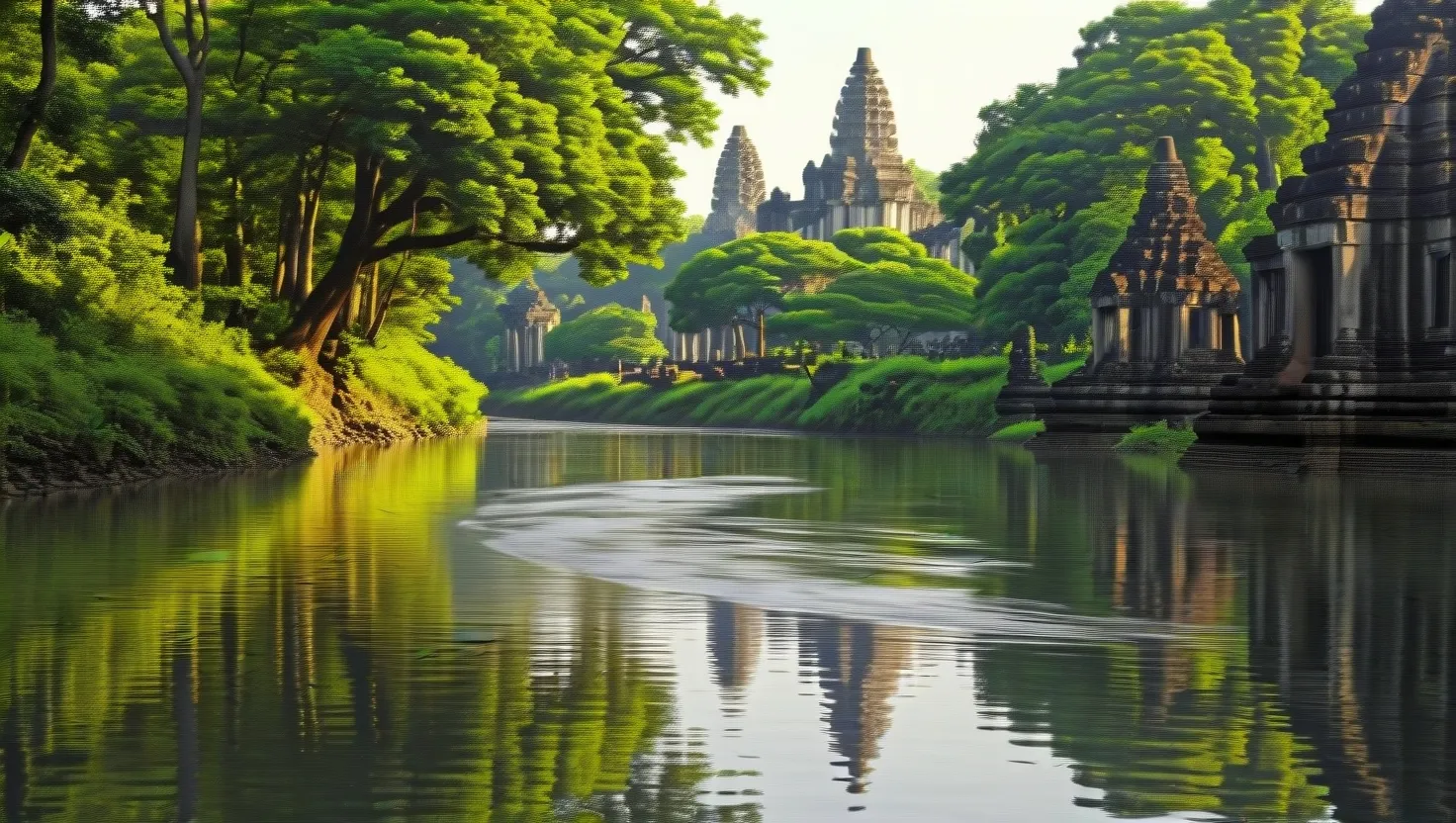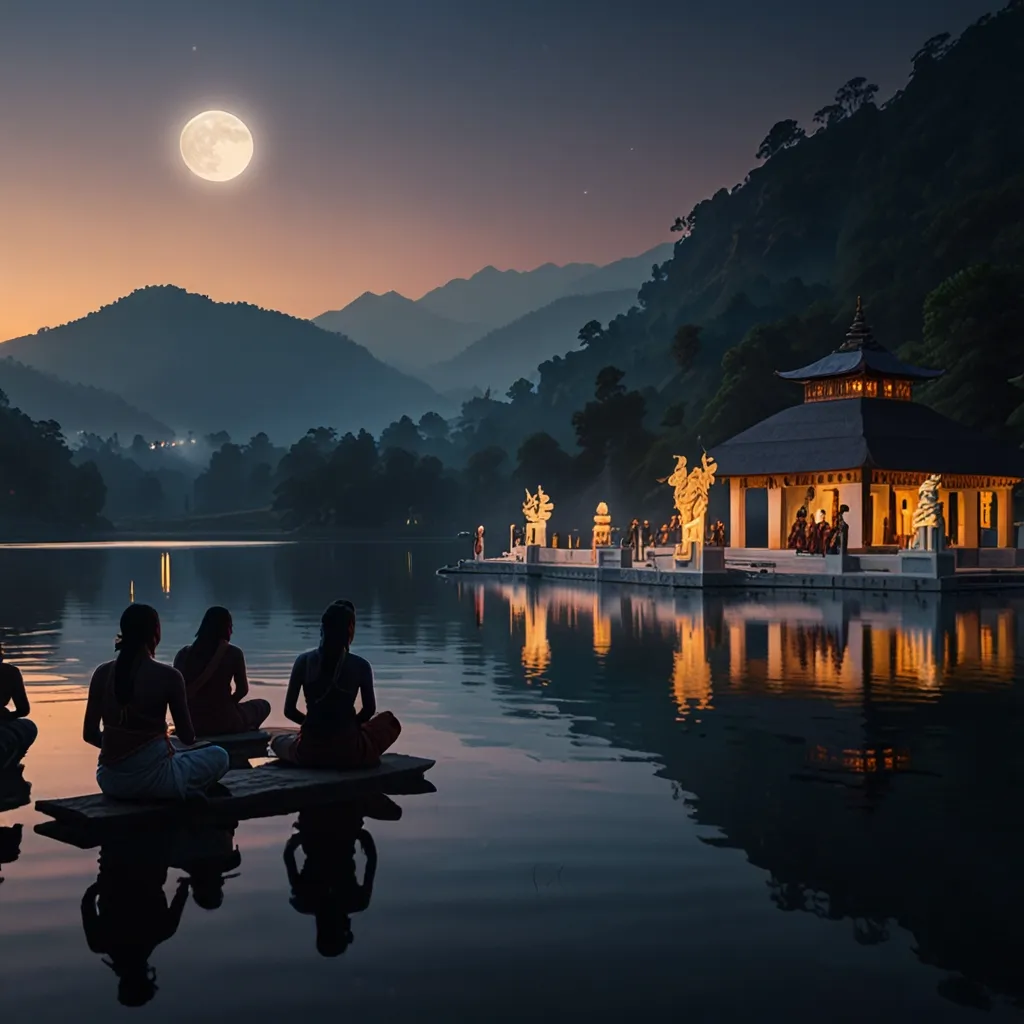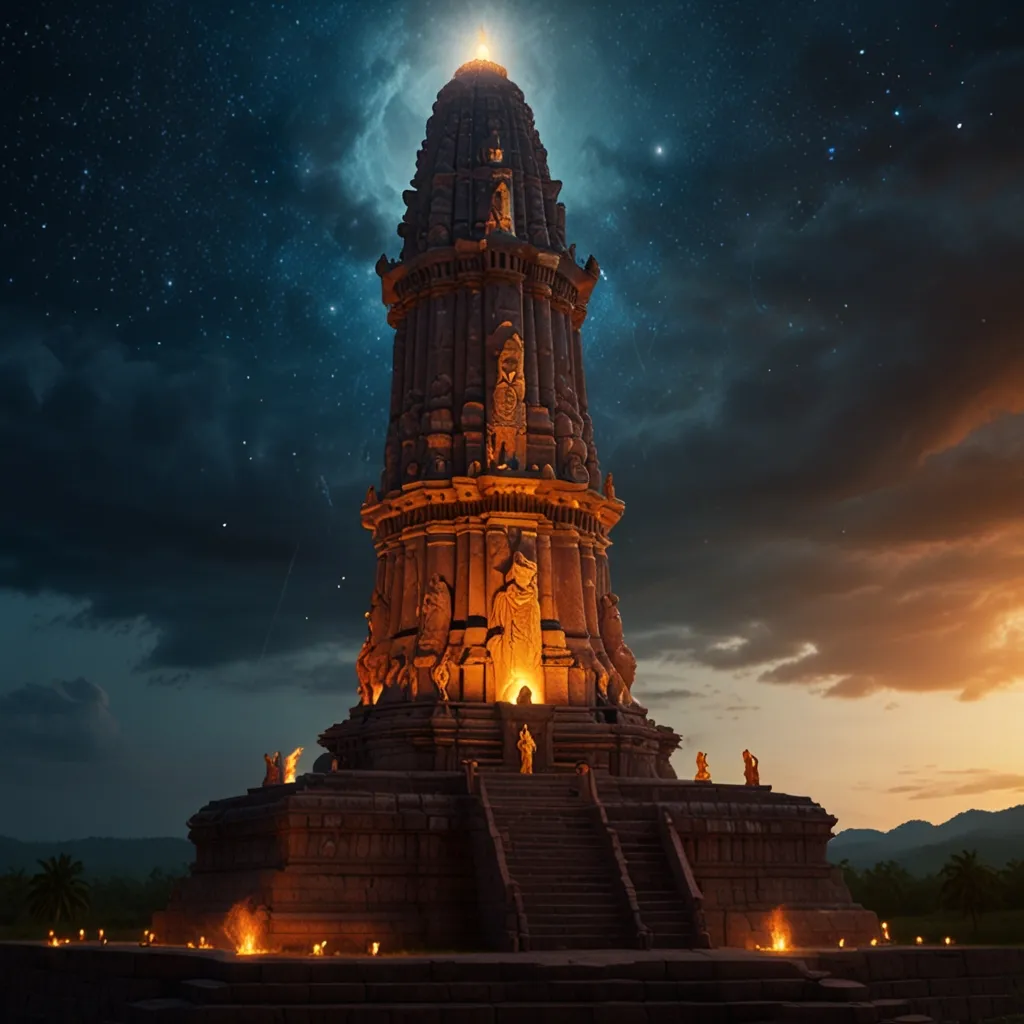In the vast universe of Hindu mythology, there exists an abundance of stories that beautifully intertwine the divine and the everyday. One such fascinating tale is about Lord Shiva and the demon Bhasmasura. It’s not just a powerful story of gods and demons, but also a deep exploration of fate, free will, and the essence of true power.
So, let’s dive into this captivating legend. Picture Lord Shiva, a deity known for his immense power and kindness. One day, he grants a boon to a demon named Bhasmasura. This boon is insanely powerful: whatever Bhasmasura touches with his hand will instantly turn to ashes. Armed with this seemingly invincible power, Bhasmasura gets a little overconfident. He decides to test his new ability on Shiva himself.
Realizing the imminent threat, Shiva begins an epic chase to escape Bhasmasura. It’s a frantic game of cat and mouse, with Shiva always managing to stay just a step ahead. The chase stretches on endlessly, and it seems like only a matter of time before Bhasmasura catches up.
But the universe had other plans. During this intense pursuit, out of nowhere, a stunningly beautiful young girl appears. She isn’t just any girl, but Lord Vishnu in disguise, who has taken this alluring form to rescue Shiva. The girl’s charm and grace are so captivating that Bhasmasura forgets all about Shiva. He’s now totally hooked on her.
The girl begins to dance gracefully. Her movements are so mesmerizing that Bhasmasura, spellbound, starts to dance alongside her, mirroring her every move. As they dance, she lifts her hands and makes elegant semi-circles in the air. Lost in his infatuation, Bhasmasura mimics her without hesitation.
The climax of their dance is when the girl raises her hand and places it on her head. Bhasmasura, still entranced, does the same. In that instant, his own power turns against him, and he is reduced to ashes. Ironically, the very boon he received became his own undoing. It’s a dramatic reminder that unchecked ambition can lead to self-destruction.
This story is rich with symbolism. Bhasmasura represents the restless mind, always running after fleeting desires and illusory powers. Shiva symbolizes the true self, or Atman, that stands above and apart from mundane existence. The tale beautifully illustrates that real power doesn’t come from external abilities or boons but from understanding and aligning with our true nature.
At its core, this story is a metaphor for human life. The restless mind, like Bhasmasura, constantly chases after desires. But the true self, the Atman, is eternal and unchanging, much like Shiva. The Atman is the very essence of life, knowledge, and bliss, like the sun illuminating everything it touches.
Just as the sun melts snow to create rivers, the Atman brings life to the inert body, creating the mind. And like the different names the sun has in various astrological houses, the Atman takes different forms and names in different states of consciousness. Yet, its essence remains unchanged.
This legend speaks to a profound truth – our true nature lies beyond the mundane. The Atman pervades everything, and our ultimate goal should be to understand and align with it. The dance of Shiva and Bhasmasura is a symbolic reminder of the eternal dance between the divine and the mundane, and how the true self ultimately triumphs over transient desires.
In the end, the tale offers a timeless lesson: true power and wisdom don’t come from external sources but from recognizing and living in harmony with our true nature. The Atman, indestructible and all-pervading, is the essence of existence, knowledge, and bliss. It’s a story that transcends time, reminding us of the eternal battle between superficial desires and the true self.






